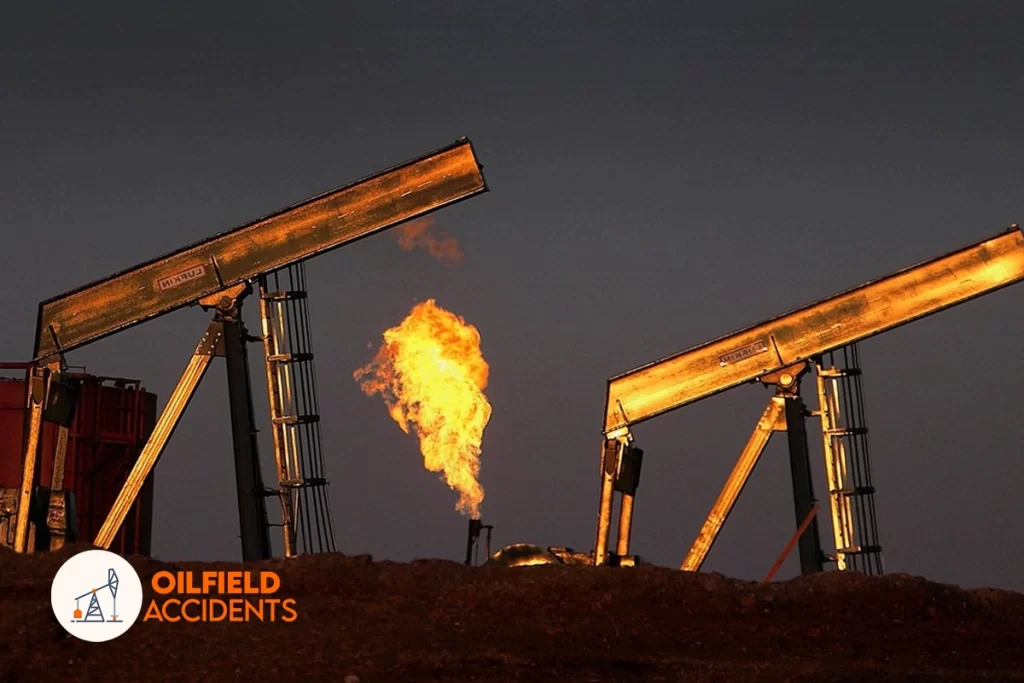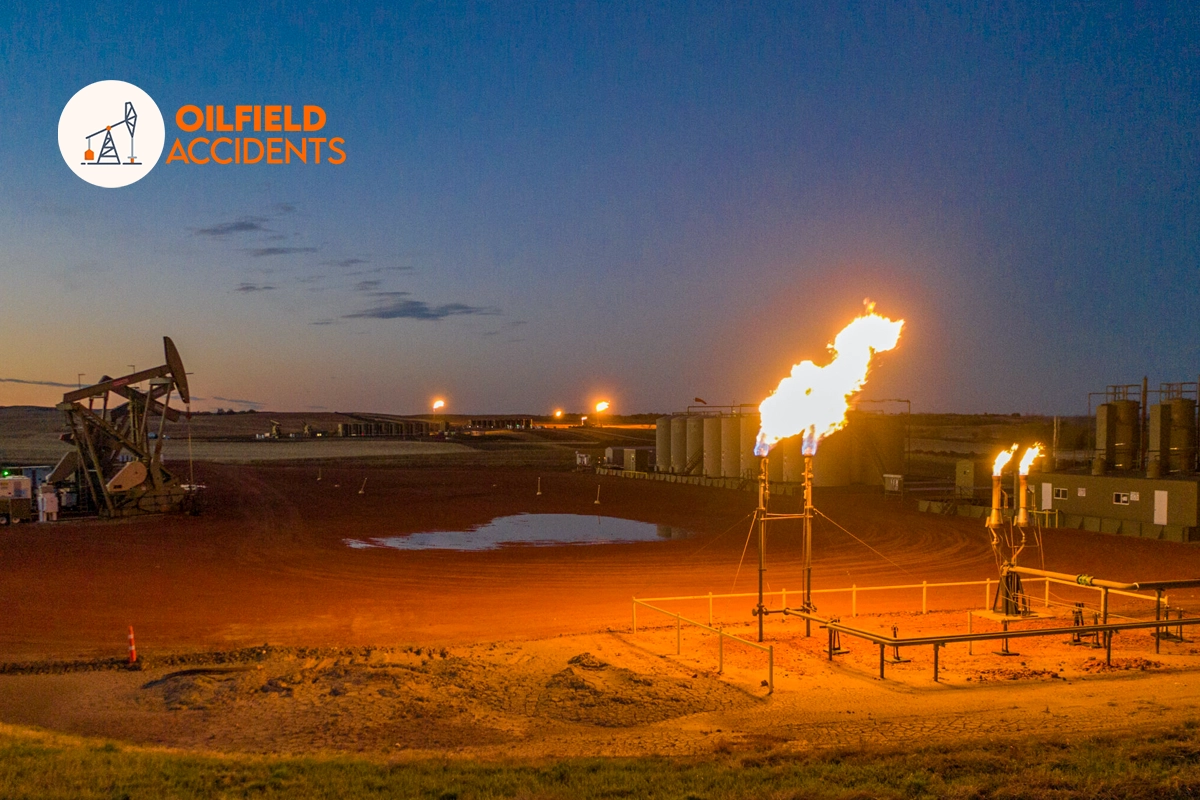North Dakota has seen a significant increase in oil and gas production in recent years, with the state’s Bakken shale formation becoming a major hub for the industry. However, this growth has come with a cost, as accidents in the North Dakota oilfields have caused injuries, fatalities, and environmental damage.
North Dakota oilfield accidents one of the most significant occurred in 2013, when a train carrying crude oil derailed and exploded in the town of Lac-Megantic, Quebec, killing 47 people. The oil on the train had originated from the Bakken shale formation in North Dakota, and the incident drew attention to the risks of transporting crude oil by rail.
Closer to home, there have been several notable accidents in the North Dakota oilfields in recent years. In 2012, an explosion at an oil well owned by Oasis Petroleum injured three workers, one of whom later died from their injuries. The incident was attributed to a buildup of gas in the wellbore, which ignited and caused the explosion.
In 2015, an oil pipeline owned by Tesoro Logistics spilled more than 20,000 barrels of crude oil into a tributary of the Missouri River. The spill contaminated the river and forced the closure of several water treatment plants downstream, causing a temporary shortage of drinking water in some areas.

These accidents are just a few examples of the risks associated with the North Dakota oilfields. The industry is inherently hazardous, with workers exposed to risks such as explosions, fires, and chemical exposure. Accidents can occur for a variety of reasons, including equipment failure, human error, and natural disasters.
In addition to the risks to human life and safety, accidents in the North Dakota oilfields can also have significant environmental consequences. Oil and gas spills can contaminate soil and water, harming wildlife and ecosystems. The use of hydraulic fracturing, or fracking, to extract oil and gas from shale formations has also raised concerns about the potential for water pollution and the release of greenhouse gases.
Despite these risks, the oil and gas industry continues to be an important part of the North Dakota economy, providing jobs and revenue for the state. However, there is a growing recognition that safety and environmental concerns must be addressed in order to ensure that the industry can continue to operate sustainably.
In recent years, there have been efforts to improve safety in the North Dakota oilfields, including increased regulation and oversight from government agencies such as the Occupational Safety and Health Administration (OSHA) and the Environmental Protection Agency (EPA). Energy companies themselves have also taken steps to improve safety, including implementing new technologies and training programs to reduce the risk of accidents.
Overall, while accidents in the North Dakota oilfields are a concern, there are also efforts underway to address the risks and promote safe and sustainable operations. As the industry continues to evolve and face new challenges, it will be important to continue to prioritize safety and environmental protection in order to ensure a sustainable future for the North Dakota oil and gas industry.
If you or a loved one has suffered an injury in the oilfield, we recommend that you seek the support of an oilfield accidents lawyer.

